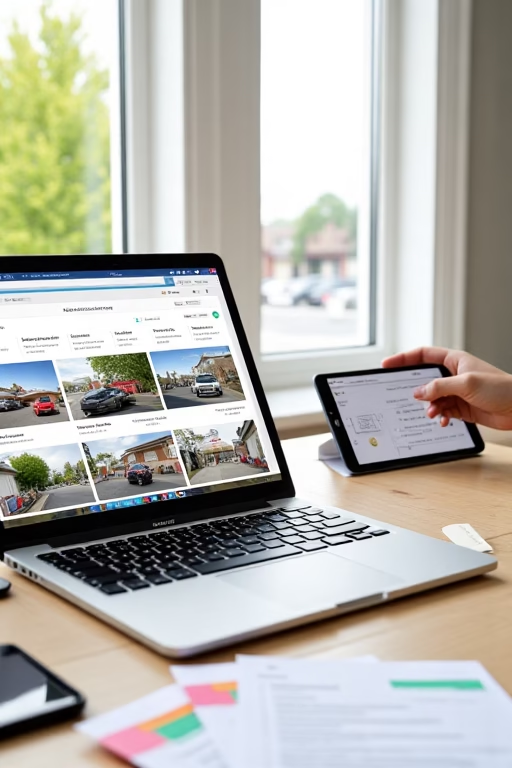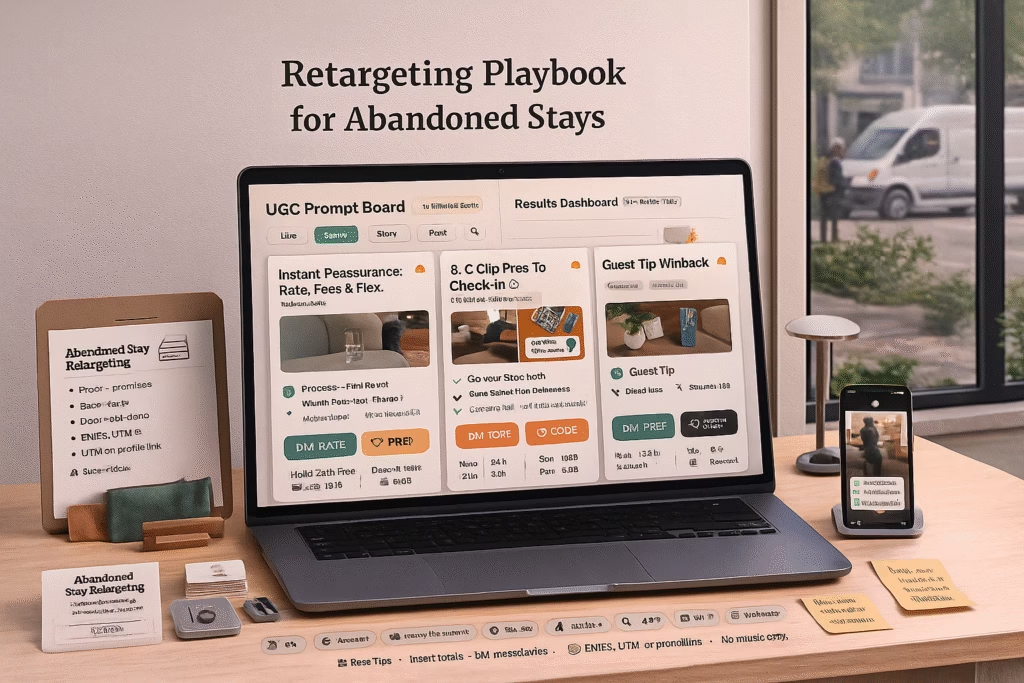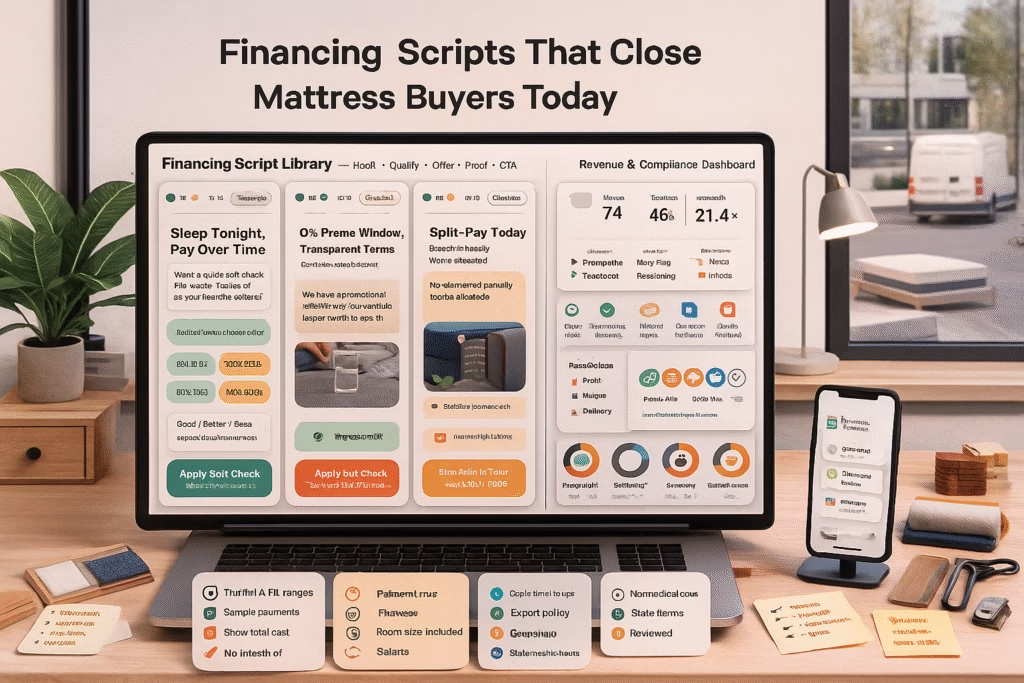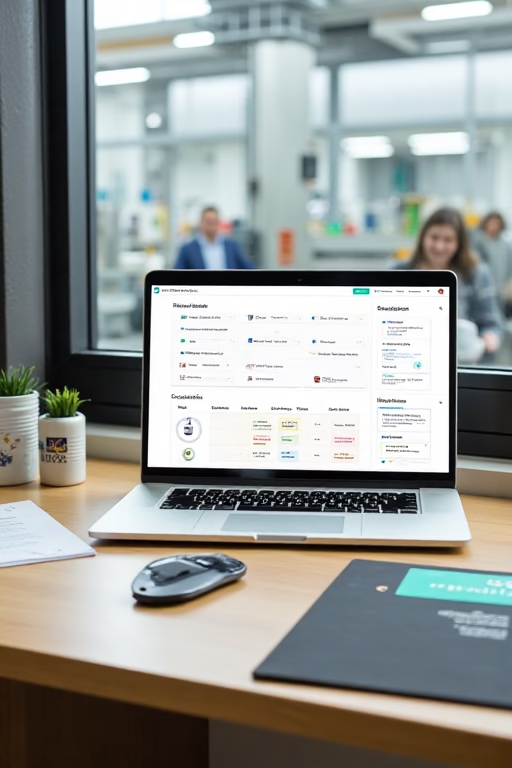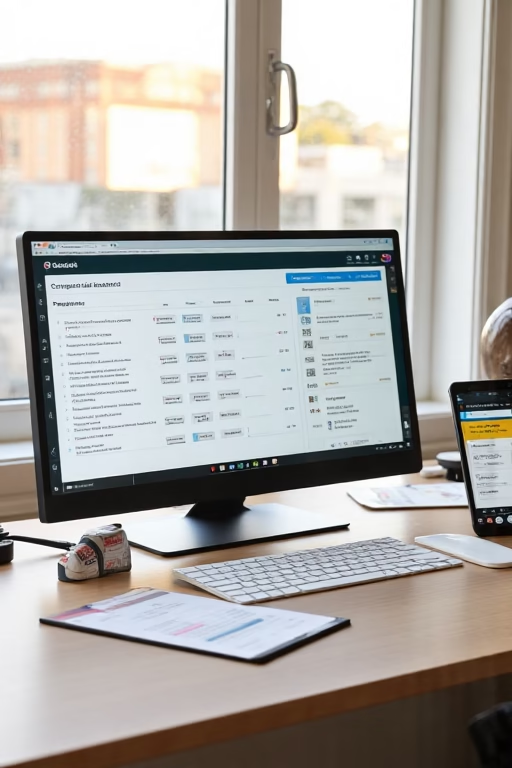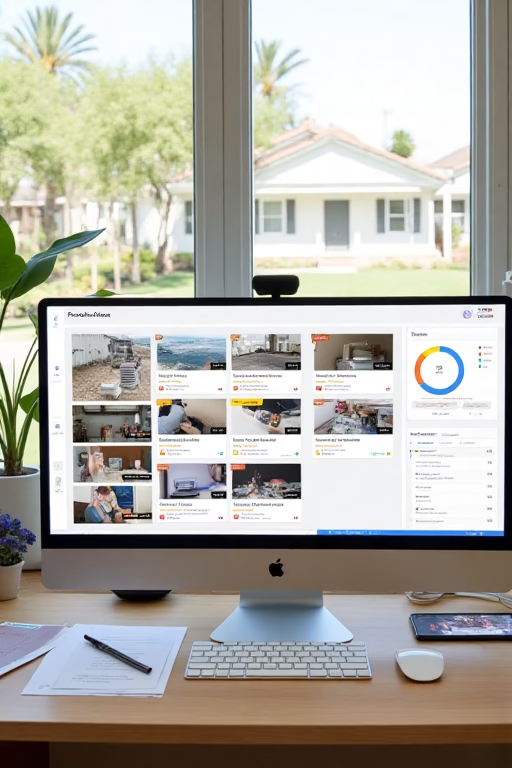The Ring Size Lead Magnet That Actually Converts
The Ring Size Lead Magnet That Actually Converts
Capture intent, deliver value in minutes, and turn “What’s my ring size?” into booked fittings and confident checkouts.
Introduction
The Ring Size Lead Magnet That Actually Converts solves a tiny but expensive problem: uncertainty. Give shoppers a fast, accurate way to find their size, save it, and act—then guide them to a fitting or to rings that are in stock right now.
Accuracy note: Finger size changes with temperature and time of day. Use the printable at room temperature, avoid post‑exercise measurements, and confirm in store before final sizing for prong‑set or eternity designs.
Expanded Table of Contents
- 1) Why “The Ring Size Lead Magnet That Actually Converts” Works
- 2) Offer Architecture: What’s in the Magnet
- 3) The 60‑Second Quiz (5–7 Questions)
- 4) Printable Sizer & Instructions (100% Scale)
- 5) Email & SMS Flows that Convert
- 6) Landing Page & On‑Site UX (Pop‑up vs Page)
- 7) Sizing Accuracy: Tips & Edge Cases
- 8) E‑commerce Integration (Shopify/Woo/Wix)
- 9) Store Playbook: 10‑Minute Confirmation Visit
- 10) Content & Ads: Hooks, Creatives, CTAs
- 11) KPIs, UTMs & Dashboards
- 12) 30–60–90 Day Rollout Plan
- 13) Troubleshooting & Optimization
- 14) 25 Frequently Asked Questions
- 15) 25 Extra Keywords
1) Why “The Ring Size Lead Magnet That Actually Converts” Works
- High intent: People searching ring size are close to buying or gifting.
- Immediate value: A useful PDF + quiz earns the right to follow up.
- Natural next step: Saved size makes appointment booking and product recs frictionless.
2) Offer Architecture: What’s in the Magnet
| Component | What It Does | Best Practice |
|---|---|---|
| Printable Sizer PDF | Quick, at‑home estimate | 100% scale check box; scissors‑safe design; left/right hand notes |
| 60‑sec Quiz | Collects size + preferences | Visual choices; progress bar; save to wallet |
| SMS/Email Series | Nurtures to fitting or purchase | 3–5 touch sequence; STOP/Unsub links |
| Size Wallet Card | Keeps size handy | Apple/Google Wallet or PDF card |
| Appointment CTA | Drives footfall | Two time options + map link |
3) The 60‑Second Quiz (5–7 Questions)
- Who is this for? (me / partner)
- Fit preference? (snug / standard / loose)
- Band style? (slim / medium / wide)
- Metal preference? (yellow / white / rose / mixed)
- Try‑on plan? (in‑store / at‑home / surprise)
- Optional: borrow‑a‑ring measurement or region (US/UK/EU/JP)
Result screen: show size, regional conversions, and two buttons—Book a 10‑minute sizing check and Show rings in my size.
4) Printable Sizer & Instructions (100% Scale)
- Include a credit‑card sized ruler to verify print scale.
- Add a perforated “sizing strip” with an arrow and number window.
- Give two methods: sizing strip and compare with a well‑fitting ring over a circle chart.
- Note temperature/time of day guidance and swelling considerations.
5) Email & SMS Flows that Convert
Welcome (0–10 min)
Subject: Saved your ring size + next 2 steps
Hi {{first_name}}, your size: {{ring_size}} ({{region}}). Want a 10‑minute check or see rings ready in your size today?
• Book: {{booking_link}}
• Shop my size: {{collection_link}}
Reply STOP to opt out.Reminder (24 hours)
Text: Still have {{ring_size}} saved. Want me to hold two rings in your size for a quick try‑on? 1) Today 2) Tomorrow. STOP to opt out.Value Add (Day 3)
Email: Sizing tips for wide bands and cold mornings + a 2‑minute fit check before you order. Book here → {{booking_link}}6) Landing Page & On‑Site UX (Pop‑up vs Page)
- Dedicated landing page for ads; concise pop‑up for organic.
- Show the printable, quiz, and wallet card as a 3‑step visual.
- Primary CTA: Save my size; secondary: Download PDF.
- Trust row: resizing policy, local store badge, and privacy link.
7) Sizing Accuracy: Tips & Edge Cases
- Measure at normal room temperature; avoid just after exercise.
- For wide bands, size up ~¼–½ compared to slim bands—confirm in store.
- Eternity/pavé: encourage in‑store confirmation before finalizing.
- International orders: auto‑convert and confirm at checkout.
8) E‑commerce Integration (Shopify/Woo/Wix)
| Platform | What to Enable | Notes |
|---|---|---|
| Shopify | Customer metafields for saved size | Auto‑filter collections to saved size |
| WooCommerce | Account custom field + size filter | Store size on profile; preselect on PDP |
| Wix/BigCommerce | Form → CRM → dynamic collections | Use tags: size-6, size-7.5, etc. |
9) Store Playbook: 10‑Minute Confirmation Visit
- Greet: “We’ve got your saved size. Let’s confirm with slim and wide bands.”
- Measure: mandrel + comfort‑fit check.
- Try‑on: 2–3 rings in budget, ready today.
- Close: offer resize assurance and delivery timing.
10) Content & Ads: Hooks, Creatives, CTAs
Hooks
- “Stop guessing: save your ring size in 60 seconds.”
- “Borrow their favorite ring? Print this ruler.”
- “Wide band? You may need a different size.”
Creatives
- Top‑down shot of the printable with scissors + tape.
- GIF: sizing strip sliding to the number window.
- Carousel: slim vs wide band try‑on.
CTAs
- “Save my size.”
- “Book a 10‑minute check.”
- “Show rings in my size.”
11) KPIs, UTMs & Dashboards
Lead Capture
≥ 28–45%
Quiz Completion
≥ 70–85%
Bookings
+20–40%
Size‑Matched Orders
+18–35%
UTMs: utm_source={{channel}}&utm_medium=leadmagnet&utm_campaign=ring_size_2025
12) 30–60–90 Day Rollout Plan
Days 1–30 (Foundation)
- Brand the printable; build the 5‑question quiz.
- Launch the landing page; wire 3‑message SMS and 3‑email sequence.
- Enable size‑matched collections and wallet card.
Days 31–60 (Momentum)
- Run paid tests to the landing page; add pop‑up for organic.
- Start appointment leaderboard by stylist.
- Introduce free plastic sizer mailer for high‑intent leads.
Days 61–90 (Scale)
- Localize size conversions; translate page.
- Add proposal/partner path and gift‑receipt resize option.
- Quarterly prune low‑performing copy; refresh creatives.
13) Troubleshooting & Optimization
| Symptom | Likely Cause | Fix |
|---|---|---|
| High traffic, low captures | Weak value or long form | Shorten to 5 fields; show the printable preview |
| Many size returns | Expectation gap | Add accuracy notes; push 10‑minute confirmation visits |
| Low quiz completion | Too many steps | 5–7 questions max; progress bar |
| Poor email engagement | Generic copy | Personalize with saved size and style |
14) 25 Frequently Asked Questions
1) What is “The Ring Size Lead Magnet That Actually Converts”?
A compact, high‑value toolkit—printable sizer + short quiz + reminders—that turns sizing interest into booked fittings and size‑ready shopping.
2) Who is this for?
Independent jewelers, multi‑store chains, and DTC jewelry brands.
3) Does it work for online‑only stores?
Yes—pair with a free sizer mailer and easy resizing policy.
4) How do I keep printing accurate?
Include a scale check box and instructions to print at 100%.
5) Can I store the size to the customer profile?
Yes—use a CRM tag or customer metafield and preselect sizes on PDPs.
6) What about half and quarter sizes?
Support them in the quiz and conversion chart; confirm in store when possible.
7) Will this add friction to checkout?
No—preselecting size reduces friction and returns.
8) How do I pitch the appointment?
“10‑minute confirmation so we get the perfect fit—today or tomorrow?”
9) Is the wallet card necessary?
It boosts repeat purchases and gifting; keep it one tap away.
10) Can partners use this secretly for proposals?
Yes—include a discreet guide to measure a borrowed ring.
11) How often should I follow up?
0–10 min, 24 hours, day 3; then weekly for 3 weeks with caps.
12) Do I need translations?
If you sell internationally or in bilingual markets, yes.
13) How do I reduce resize returns?
Push for a quick in‑store check and clarify wide‑band differences.
14) Can this collect style preferences too?
Absolutely—add quick tiles for metal, band width, and stone shape.
15) Where should the CTA live on mobile?
Sticky bar: “Save my size.” Secondary: “Download PDF.”
16) What’s the best ad audience?
Engagement/relationship, gift buyers, and bridal lookalikes.
17) Should I retarget people who downloaded only?
Yes—with “save your size” and “book a 10‑minute check” CTAs.
18) Does this help men’s bands with comfort fit?
Yes—add a comfort‑fit explainer and try‑on invite.
19) How do I show social proof?
Add reviews that mention sizing confidence and quick fittings.
20) Can I gate by SMS only?
Offer choice: email, SMS, or both. Always include opt‑out text.
21) Will this help upsell wedding bands later?
Yes—re‑use the saved size and style preferences for the band purchase.
22) What’s a good landing‑page headline?
“Save Your Ring Size in 60 Seconds—Then See Rings That Fit Today.”
23) How do I handle international conversions?
Auto‑detect location and show a conversion table with US/UK/EU/JP.
24) Any legal/privacy concerns?
Get explicit consent, link privacy policy, and honor STOP/Unsubscribe immediately.
25) First step today?
Brand the printable, publish the landing page, wire the messages, and launch ads to the quiz.
15) 25 Extra Keywords
- The Ring Size Lead Magnet That Actually Converts
- ring size lead magnet
- printable ring sizer pdf
- ring size quiz
- save my ring size
- jewelry lead generation
- engagement ring funnel
- wedding band size guide
- men’s ring size comfort fit
- borrowed ring measurement
- ring size conversion chart
- shop my size jewelry
- ring sizer mailer
- jeweler appointment funnel
- bridal lead magnet
- jewelry ecommerce cro
- size matched collections
- pdp size preselect
- sms ring size reminder
- email ring size series
- ring resizing policy
- wide band ring size
- eternity band sizing
- ring size wallet card
- 2025 jewelry marketing playbook
The Ring Size Lead Magnet That Actually Converts Read More »



